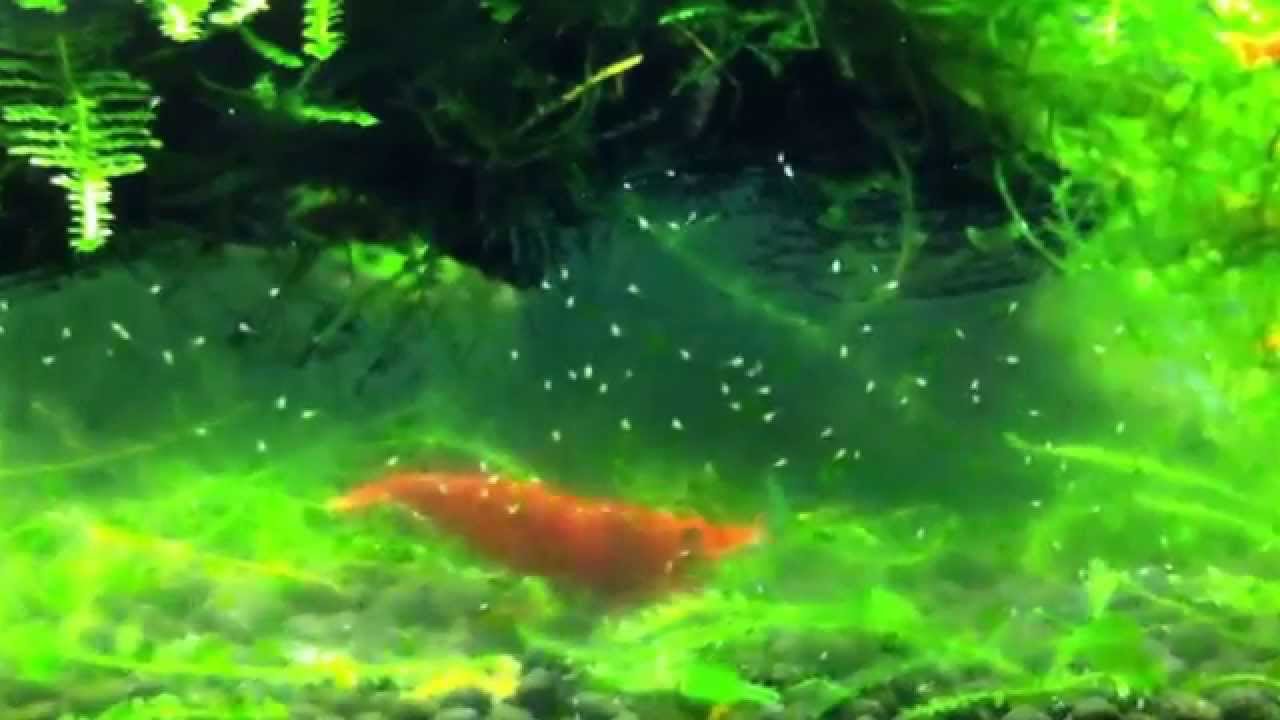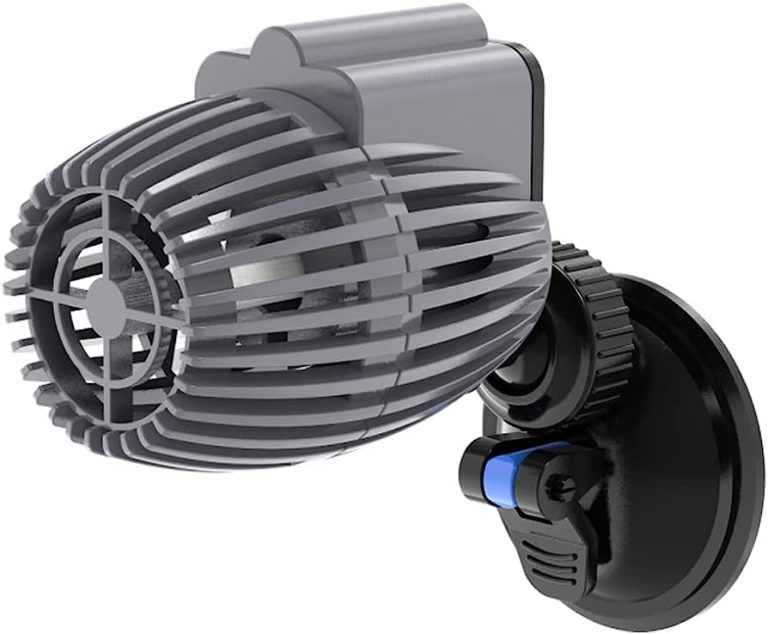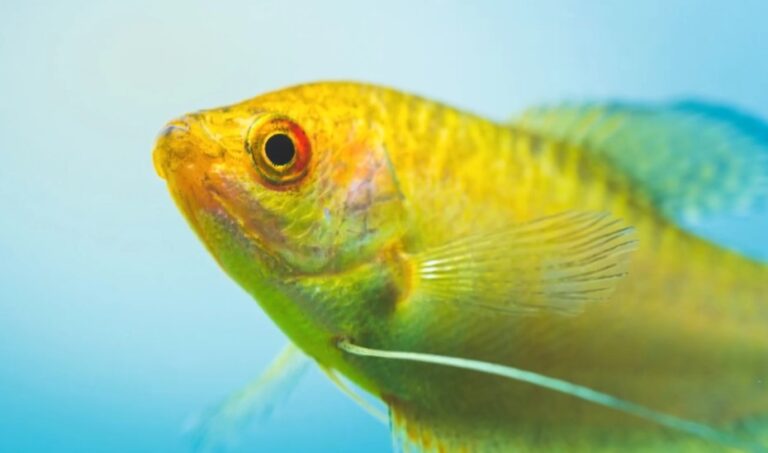Water Fleas In Shrimp Tank
Water Fleas in Shrimp Tank: How to Deal with an Annoying Intruder
Water fleas in a shrimp tank can be a nightmare for any aquarium enthusiast. These tiny creatures, scientifically known as daphnia, may seem harmless at first, but they can quickly multiply and become a nuisance for your shrimp. Not only do they compete with your shrimp for food, but they can also become a carrier of diseases that may harm your beloved shrimp. So, what can you do to keep your shrimp tank free from these unwanted guests? Let’s dive into some effective strategies to deal with water fleas!
Understanding Water Fleas
Before we jump into the solutions, let’s take a closer look at water fleas. Water fleas, or daphnia, are small crustaceans that belong to the family Daphniidae. They are commonly found in freshwater bodies such as lakes, ponds, and even aquariums. Water fleas are filter-feeders and have a unique anatomy that allows them to feed on microscopic algae and organic matter present in the water.
Why Are Water Fleas a Problem?
While water fleas are a natural part of the ecosystem, they can become problematic when they overpopulate in your shrimp tank. The main reasons why water fleas are a concern for shrimp keepers are:
1. Competition for Food: Water fleas can rapidly consume the available food in the tank, depriving your shrimp of the necessary nutrients. This can lead to malnourishment and stunted growth in your shrimp.
2. Disease Carrier: Water fleas can carry various diseases and parasites, including viruses and bacteria that can harm your shrimp. This makes it crucial to control their population and prevent any potential outbreaks.
3. Water Quality Issues: An overabundance of water fleas can result in poor water quality, affecting the overall health of your shrimp. Excessive organic waste produced by the fleas can lead to increased ammonia and nitrate levels, which are harmful to aquatic life.

Strategies to Deal with Water Fleas
Now that we understand the challenges posed by water fleas, let’s explore some effective strategies to tackle this issue:
1. Manual Removal: The simplest and most immediate way to control water fleas is by manually removing them from the tank. Use a fine mesh net to skim the surface of the water and scoop out any visible water fleas. Be thorough in your efforts to ensure you remove as many as possible.
2. Adjust Feeding Regime: Water fleas thrive on excess food particles and organic matter in the tank. By adjusting your shrimp’s feeding regime, you can minimize the available food for the fleas. Feed your shrimp only what they can consume within a few minutes, removing any uneaten food to prevent it from decomposing.
3. Maintain Water Quality: Keeping the water quality in your shrimp tank optimal is critical to prevent water fleas from flourishing. Regular water changes, adequate filtration, and monitoring ammonia and nitrate levels will create an environment that is less favorable for water fleas to thrive.
4. Introduce Predators: One natural way to control water flea populations is by introducing natural predators. Certain species of fish, such as gambusia or mosquito fish, feast on water fleas, thereby keeping their numbers in check. However, be cautious while introducing fish to a shrimp tank, as some fish species may also prey on shrimp.
5. Biological Control: Another effective strategy is to introduce organisms that prey on water fleas. For example, you can add copepods, which are small crustaceans that feed on water fleas. These tiny creatures can help maintain a balance in the tank and keep water flea populations under control.
Frequently Asked Questions
1: Can water fleas harm my shrimp?
Water fleas themselves are not harmful to shrimp. However, their excessive presence can lead to competition for food, malnourishment, and poor water quality, which can indirectly affect the health of your shrimp.
2: How do I know if I have water fleas in my shrimp tank?
Water fleas are usually visible to the naked eye. If you notice tiny creatures swimming around in the water or clinging to surfaces in your tank, chances are you have water fleas.
3: Can water fleas reproduce quickly?
Yes, water fleas reproduce rapidly, especially in favorable conditions. A single water flea can produce multiple offspring within a short period, leading to population explosions if left unchecked.
4: Are chemical treatments safe for my shrimp and other tank inhabitants?
Chemical treatments should be used with caution in a shrimp tank, as they can harm both shrimp and other beneficial organisms. It is advisable to explore natural and non-toxic methods before considering chemical options.
Final Thoughts
Dealing with water fleas in your shrimp tank can be a challenging task, but with the right strategies and proactive measures, you can keep their populations in control. Remember to be patient and consistent in your efforts, and regularly monitor your tank’s water quality. By maintaining a healthy environment and taking preventive measures, you can ensure your shrimp thrive in a flea-free habitat. Happy shrimp keeping!






